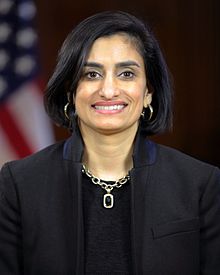CMS Shares Vision for Medicaid
Medicaid is about to undergo major changes, CMS administrator Seema Verma outlined in a news release yesterday and in a speech to state Medicaid directors.
 According to the news release, those changes include:
According to the news release, those changes include:
- re-establishing a state-federal partnership that Verma believes has become too much federal and not enough state
- giving states greater freedom to innovate
- offering new guidelines for how states can align their individual programs with federal Medicaid objectives
- new guidance on section 1115 waivers
- longer section 1115 waivers with simpler review processes
- CMS willingness to consider proposals to impose work requirements on Medicaid beneficiaries
- Medicaid and CHIP “scorecards” that track and publish state and federal Medicaid and CHIP outcomes
Pennsylvania safety-net hospitals serve more Medicaid patients than the typical hospital and would therefore be affected more by any major changes in how Medicaid operates.
Go here to see CMS administrator Verma’s full new release and to find links to relevant documents, web sites, and Ms. Verma’s speech about the changes. Go here to read a Washington Post report on Ms. Verma’s speech and here to see a Kaiser Health News report.
 With policy-makers in Washington considering some changes, and possibly major changes, in the state/federal Medicaid partnership, the Health Affairs Blog has taken a look at some of the options those policy-makers might consider.
With policy-makers in Washington considering some changes, and possibly major changes, in the state/federal Medicaid partnership, the Health Affairs Blog has taken a look at some of the options those policy-makers might consider. A new paper from the Kaiser Family Foundation looks at some of the major questions that will arise in the coming months, including:
A new paper from the Kaiser Family Foundation looks at some of the major questions that will arise in the coming months, including:

